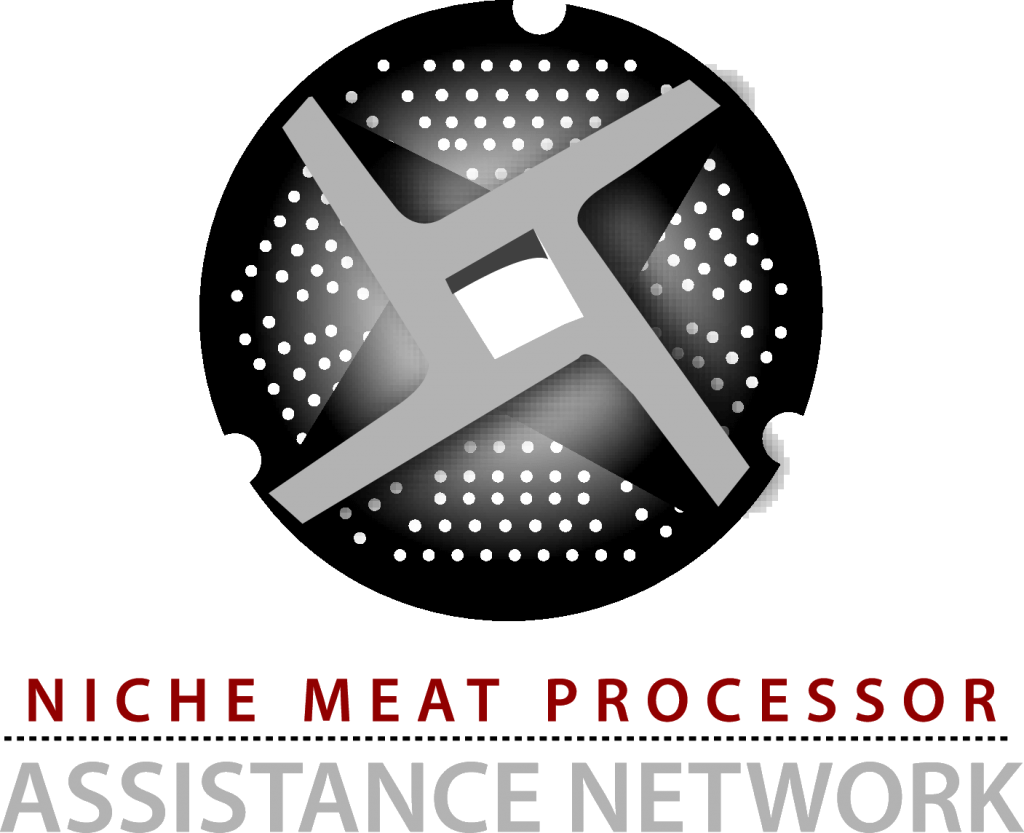Interstate Shipment of State Inspected Meat and Poultry
In April 2011, USDA’s Food Safety and Inspection Service (FSIS) announced the final rule for the new Interstate Shipment of State Inspected Meat and Poultry program. The program, established in the 2008 Farm Bill, allows state-inspected processors to ship their products across state lines, if (a) the state where they are located elects to participate in the program and state personnel are trained by FSIS, and (b) the processor qualifies for the program. Only small (<25 FT employees) processors are eligible.
FSIS Press Release
FSIS Final Rule
NMPAN webinar (October 2009) on the draft rule
NMPAN Comments on the Draft Rule
In November 2009, NMPAN submitted comments to FSIS on the draft rule, focusing on four specific issues. NMPAN Co-coordinator Arion Thiboumery examined the final rule to see how FSIS addressed those issues of concern:
1) Counting of employees – Plant cannot have more than 25 employees “on average”
FSIS has taken comments from many into account. Employees who do not directly handle meat or food products are not to be counted, but “volunteers” who handle meat are to be counted. Part-time and seasonal labor are counted equal to full time employees on a per-pay-period basis to get an annual average. Plants can never have more than 35 employees in any one pay period.
2) Opting out of the program
The draft rule said plants couldn’t exit the program once they enrolled, but could only stay or be transitioned to federal inspection. The final rule allows plants in good regulatory standing to exist the program and revert to state inspection. But if they want to re-enter the program again, they must wait one year.
The final rule also clarifies that plants can do both state-inspected work and work under this joint program under the same roof, as long as such work is separated by time or space.
3) The role of the Select Establishment Coordinator (SEC)
Many critical comments were made about the role of the SECs, the federal employees who will oversee both the state aspects of the program and the individual plants under the state (and write a quarterly report on each plant) because of the possibility for redundancy or the proverbial “too many cooks spoiling the broth.”
FSIS has clarified in proposed 9 CFR 332.6 (b) that “Inspection services for selected establishments participating in a cooperative interstate shipment program must be provided by designated personnel, who will be under the direct supervision of a State employee.”
The text prefacing the final rule states that SEC in-plant visits will be risk based but also be quotes a U.S. Senate Committee report on the subject state that “[i]t is the Committee’s intent that the [SEC] inspect selected establishments frequently each month” (pg.109).
This helps, but only time will tell if this will play out as smoothly as routine visits from a Veterinary Circuit Supervisor or District Veterinarian, or if it will cause turmoil. Likely both will occur, depending on the circumstances.
4) Burden for State Programs
The burden for State Programs remains not insubstantial. All state programs seeking to operate under the proposed rule must use identical software, forms, and laboratory techniques to the federal program. And all state staff must be FSIS trained in federal inspection methods. This will force any state program to incur varying degrees of expense, with 60% reimbursement by FSIS.
In the draft rule FSIS predicted that 16 states would adopt this program. In the final rule, it predicts that only 4 will: North Dakota, Ohio, Wisconsin, and Vermont.
Per page 170, footnote 3, “These four States have each signed an agreement with the Agency to conduct a comparative analysis to determine what the States would need to do to meet the ‘same as’ requirements for the cooperative interstate shipment program. FSIS provided funds for the States to conduct the assessment.”
Concluding comments:
If a State Meat and Poultry Inspection program is willing to take on the not insubstantial burden associated with administrating this new cooperative program, the program may very well help small state-inspected plant, and small-scale farmers and ranchers working with them, increase their meat selling abilities.
Based on my opinion from working with small, state-inspected and federal plants, state-inspected plants in states that do not adopt this new program still have a very viable option for selling across states lines: apply for regular federal inspection. It is less hassle than most small-scale operators believe and likely no more hassle then applying for inspection under the new cooperative program.
My advice to small-scale livestock producers seriously seeking a facility with federal inspection is to work with your existing state-inspected processor by asking them what you can do to help them transition to this new program or USDA inspection and to be willing to do some thing(s) to help them make that transition.
For example:
- Can you guarantee them more consistent and/or higher volume business to make it worth their while?
- Can you help them review and fill out all the paperwork?
- Can you help get labels approved for your products and those of others?
- Can you help them find someone book-savvy to help part-time with HACCP planning and paperwork? (State-inspected plants already operate under HACCP.)


